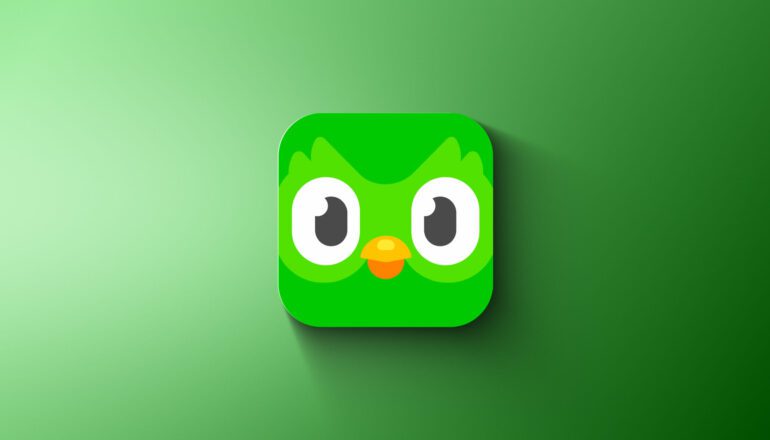TL;DR:
- Duolingo, a language-learning software provider, reduces contractors by 10% while implementing generative AI for content creation.
- CEO Luis von Ahn highlights the use of generative AI to accelerate content generation, including language instruction scripts and AI-generated voices.
- Duolingo introduces a premium tier, Duolingo Max, featuring AI-generated feedback and multilingual conversations.
- Company shares surge by 3.2% in response to these developments.
- The reduction in contractors is not a direct replacement of workers with AI, and full-time employees also use AI in their roles.
- Employee groups and unions raise concerns about AI’s potential impact on the labor market.
- Microsoft collaborates with labor unions to educate individuals about AI and its potential employment implications.
- Chegg Inc. plans to cut 4% of its workforce while incorporating AI into tutoring services.
- IBM CEO Arvind Krishna anticipates pausing hiring for roles that AI can potentially automate, especially in back-office functions.
Main AI News:
Duolingo Inc., the renowned language-learning software developer, has embarked on a transformative journey, leveraging generative artificial intelligence to streamline content creation while simultaneously bidding adieu to a fraction of its contractors. This strategic shift underscores the prevailing trend among companies to delegate certain responsibilities traditionally handled by human workers to AI-driven tools.
Approximately 10% of the company’s contractors have been “offboarded,” as confirmed by a Duolingo spokesperson. “Our evolving needs no longer necessitate the same workforce as before, and the advent of AI technology has played a pivotal role in this transition,” the spokesperson explained.
In a November shareholder letter, Chief Executive Officer Luis von Ahn disclosed that Duolingo has embraced generative AI—a groundbreaking technology that empowers users to expedite the generation of text, speech, and imagery. This innovation has catalyzed the rapid creation of fresh content, including scripts for language instruction programs. Moreover, Duolingo now employs AI to generate voices within the app, marking a notable advancement. The company has also introduced Duolingo Max, a premium offering featuring AI-generated feedback and multilingual conversations.
Investor confidence in Duolingo remains robust, with shares surging by 3.2% to reach $210.65 at 2:16 p.m. in New York, following a year of remarkable growth in 2023.
It is important to emphasize that the reduction in the workforce does not signify a direct substitution of workers with AI technology. Many of Duolingo’s full-time employees and contractors actively integrate AI into their work processes. At the close of 2022, the company reported having 600 full-time employees, as per company filings. The spokesperson clarified that the cutback did not impact any full-time employees.
The surging interest in generative AI has prompted employee groups and labor unions to question whether companies might exploit this technology as a pretext for downsizing their workforce. A report issued by the World Economic Forum in April predicted “significant labor-market disruption” attributable to AI over the next five years, although the net impact could be favorable as employers seek individuals with heightened technical aptitude to navigate AI-powered tools.
Notably, Microsoft Corp. recently addressed these concerns by forging an alliance with the American Federation of Labor and Congress of Industrial Organizations (AFL-CIO), a coalition of 60 unions representing 12.5 million workers. The collaboration aims to educate individuals about AI and assess its potential impact on employment. Microsoft President Brad Smith articulated the objective of bringing together industry and labor to “enhance” the way people work.
Smith candidly acknowledged the potential for AI to replace certain job functions, stating, “I can’t sit here and say that AI will never displace a job. I don’t think that would be honest. AI is well-designed to accelerate and eliminate some of the parts of people’s jobs that you might consider to be drudgery.”
In the same vein, Chegg Inc., a provider of online homework-assistance services, announced in June its plan to reduce its workforce by 4% while integrating AI more seamlessly into its tutoring services, reflecting the growing comfort level of students with chatbots.
In May, International Business Machines Corp. (IBM) CEO Arvind Krishna divulged the company’s intention to pause hiring for roles that AI technology could potentially replace within the next few years. Krishna suggested that around 30% of back-office functions, such as human resources, could undergo automation through AI tools over a five-year period.
Conclusion:
Duolingo’s adoption of generative AI for content creation reflects a broader trend in the market where companies are leveraging AI to enhance efficiency and reduce labor costs. This strategic shift, while beneficial for Duolingo’s growth, raises questions about the evolving role of AI in the workforce and its potential impact on employment in various industries. It underscores the need for businesses to find a balance between technological advancement and workforce sustainability.

